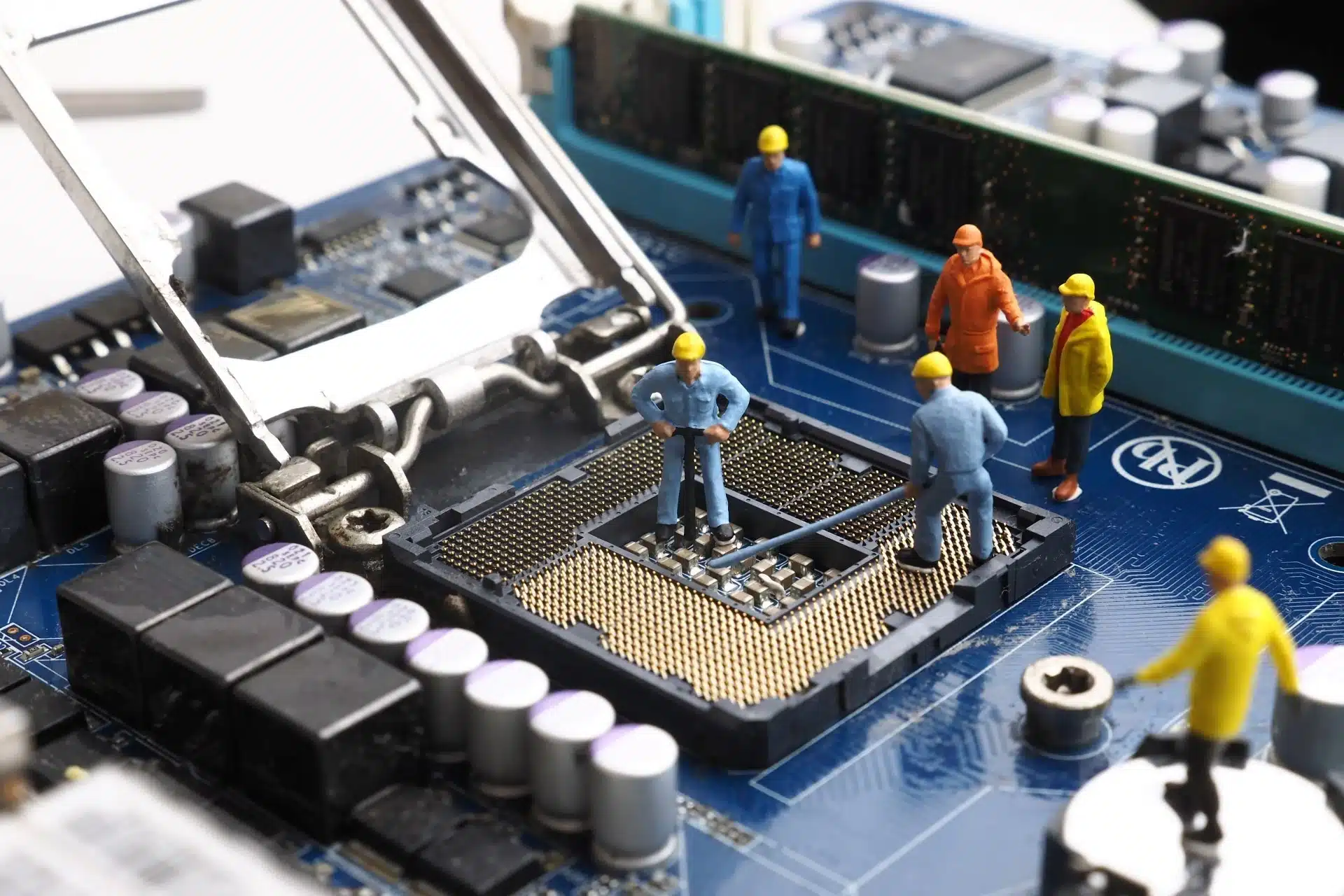As a rule, price reduction, aimed at making a product more affordable to a wider customer base, often leads to a decline in its quality, which in turn dissatisfies those seeking well-made goods. Fortunately, it is possible to optimise both the product’s quality and its price with the value engineering process for Original Equipment Manufacturers (OEMs), which aims to balance functionality and cost.

Read this article to explore the steps of the successful value engineering process implemented by top companies in the EMS industry in Poland.
Step 1: Collecting Information
The effective value engineering process for OEMs necessitates gathering comprehensive information on every stage of a product’s lifecycle, including production, quality control, testing, and logistics. The primary objective is to gain a deep understanding of the device’s functionality and associated costs, focusing on identifying all elements contributing to the overall product cost and the Cost of Goods Sold (COGS). The Pareto analysis is one of the popular methodologies used at this stage for tracking finance allocation.
Step 2: Search for solutions
The interdisciplinary team performing the value engineering process for OEMs engages in extensive brainstorming to explore potential ways to optimise both cost and value. Trusted Polish EMS experts like Assel with over 40 years of industry experience, support OEMs with a creative approach and practical innovation.
To generate workable solutions, teams rely on function analysis, prioritising functionality over operational aspects and focusing on the functions of elements generating costs.
Step 3: Evaluating solutions
The creative thinking process can yield numerous ideas, all of which may be potentially effective. However, it is necessary to conduct a comprehensive evaluation of these ideas before an OEM decides to implement any of them. This step may include creating a list of advantages and disadvantages, weighted matrix analysis, and other forms of feasibility assessment, helping to identify the best alternatives.
Step 4: Development
The development step builds upon the evaluation but now focuses on detailed Return on Investment (ROI) calculation and assessment of the potential for cost savings, focusing exclusively on the most promising solutions identified during the previous step.
Step 5: Presentation
The ideas with the strongest potential for cost reduction, along with the expected impact, should be documented to provide key stakeholders with a comprehensive understanding of the available options.
The documentation should clearly state opportunities for improvement and cover several alternatives to offer decision-makers a range of choices. Emphasizing the anticipated risks and challenges will further enhance its robustness. Additionally, the project timescale is an essential aspect of this comprehensive material.
Step 6: Implementing the Results of the Value Engineering Process for OEMs
While the implementation phase is the last step of the value engineering process for OEMs, it may still require making minor changes if requested by stakeholders. This stage includes the ultimate preparation for realising the value improvement, including obtaining necessary approvals and collecting resources.
Next comes the plan execution, which should be monitored and controlled, while the implementation team should be ready to face possible issues.
The results of the implementation should be thoroughly documented and then used for evaluating the effectiveness of the new solution.
Optimise your product with EMS experts in Poland
While some changes in a device, especially those related to its design, are the responsibility of OEMs themselves, an electronics manufacturing service provider can also assist in implementing certain solutions. For example, a seasoned expert in the Polish EMS industry like Assel can effectively handle complex changes affecting supply chain management and production. To learn more about potential collaboration, visit asselems.com.
Tyler Hoffman is a versatile writer and blogger who thrives on the excitement of exploring an array of topics. With a keen interest in everything from technology and travel to health and lifestyle, Tyler crafts engaging content that appeals to a diverse audience. His writing style is both informative and entertaining, making complex subjects easy to understand.
Contact email: [email protected]
